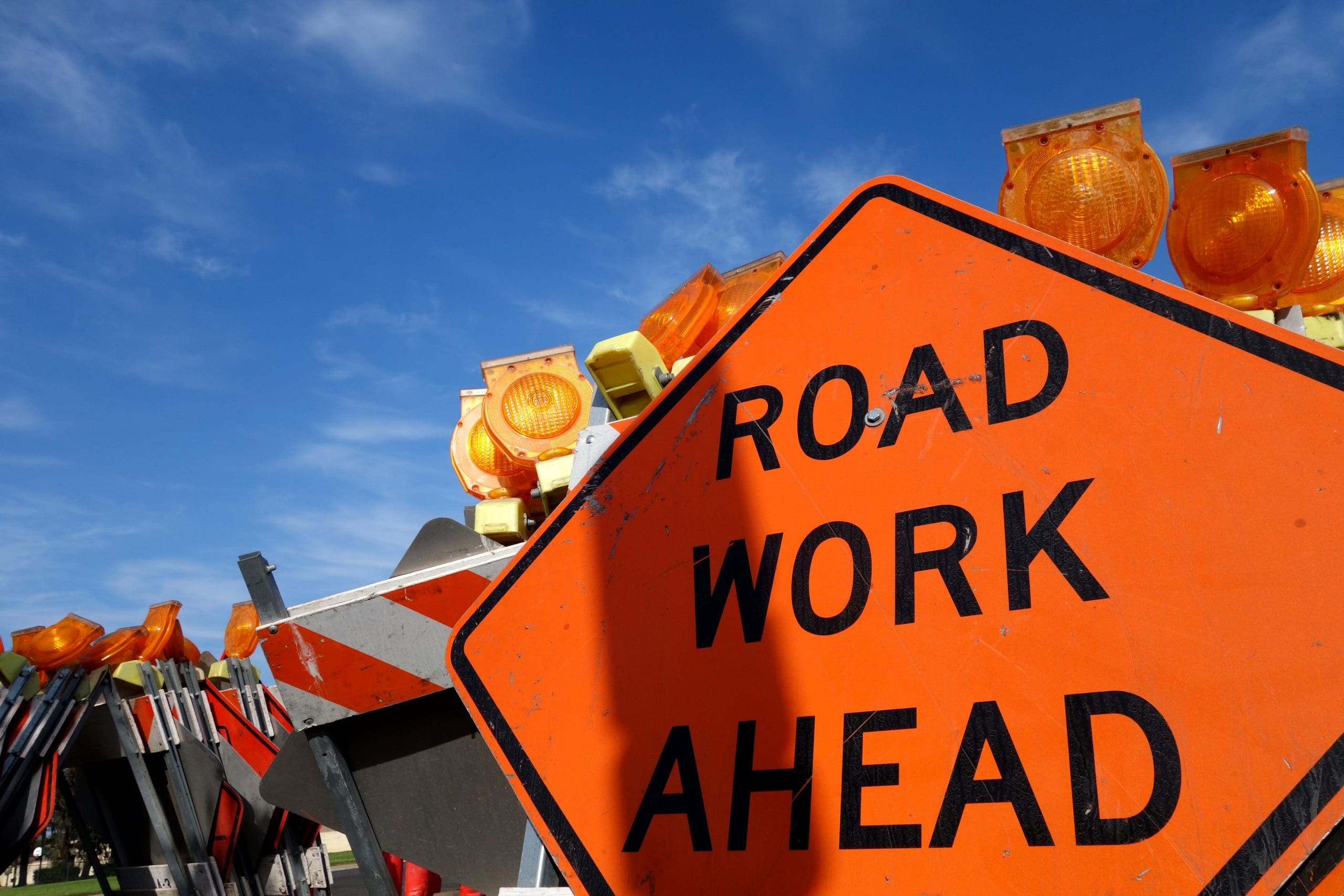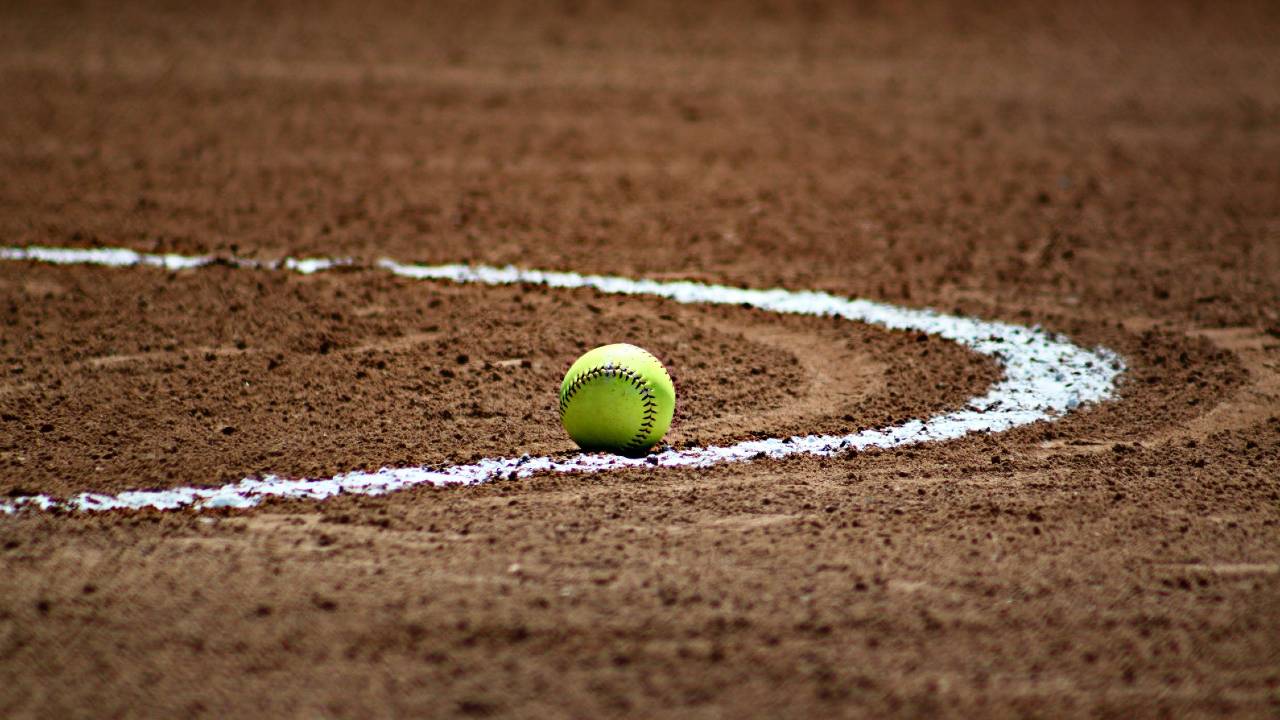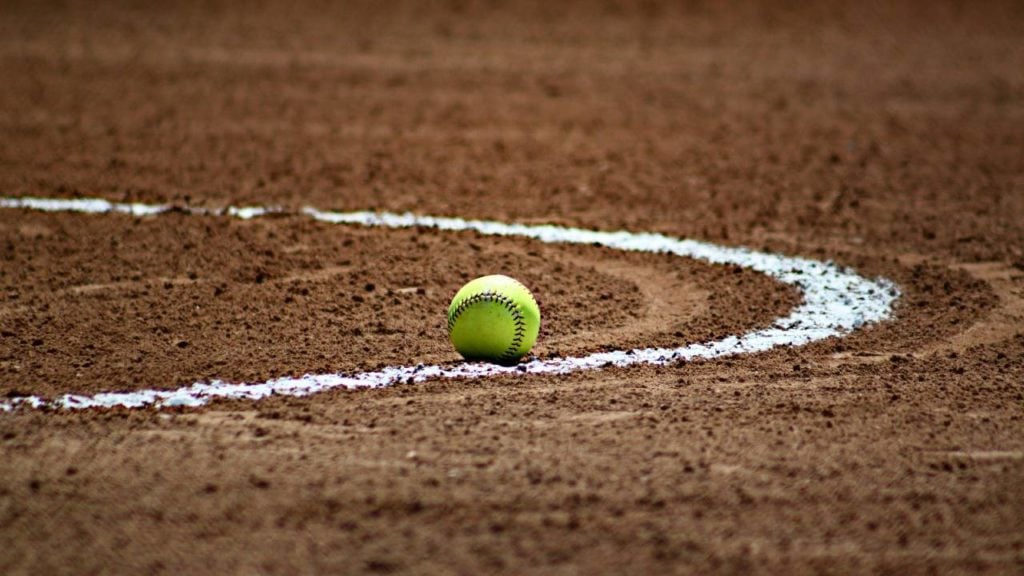Climate problems may seem overwhelming, but people all around this great nation are taking action. This week we’re looking at NEW YORK and the question is: What is the value delivered by beavers in our natural world?
You might be wondering what beavers have to do with New York. First of all, the beaver is the state’s official mammal (and Canada’s national emblem, too, by the way). New York has a long history with the water-loving rodent, including a famous beaver-lover named Dorothy Richards (1894-1985), who studied and protected beavers in the Adirondacks for 50 years. The Beaversprite Sanctuary that she and her husband established is still in existence.
For more on Dorothy and the beavers she invited into her home, don’t miss the 3-minute video about how the New York sanctuary grew from her love.
Masters of environmental engineering, and beavers have a unique genetic code that makes the sound of running water fundamentally and absolutely irresistible to them. Where there is water coursing, beavers make it their mission to slow the water down, promoting the formation of ponds and wetlands, and allowing the silt and nutrient-rich surface waters to replenish and rebuild the land. As a keystone species – critical to the well-being of other local plant and animal species – beavers create biodiverse habitats: the ultimate eco-engineers. Among the services that beavers can render in times of climate extremes: restoring wetlands, mitigating flooding, improving water quality, and creating habitat for insects, birds, and aquatic species, to name the biggest benefits.
We late-comers to the North American continent drained our wetlands plowed the fertile floodplains, and then decimated the beavers that created them. Rivers were our essential transportation corridors. Along them, we built farms, homes, levees, ports, and commercial infrastructure and called it “progress” as we straightened and hardened rivers’ edges. New World travelers and settlers harvested beaver for their valuable pelts, scent oils, and meat, trapping them to near extinction.
All this was done for economic gain without apparent recognition of the vital connection floodplains provide between river systems and the lands they nourish. Throughout US history, we turned a blind eye to the contribution beavers made in sustaining these systems. Now we seek to repair the damage we’ve done.
To see these reparations at an early stage, we turn far from New York to see how Europe is faring since the reintroduction of beavers. Go to Media Hub to find different sorts of programs about beaver reintroductions.
You’ll find a trove of fascinating stories, helpful coexistence strategies, and surprising information about beavers. Listen to just one of the featured programs and you’ll start to understand why this keystone species not only deserves our protection but also may be a critical ally in rebuilding the natural environments we humans have degraded. Should the Media Hub get reshuffled, the links below lead to the same content on YouTube.
Especially recommended is the first video “Beavers without Borders” about the critical restoration of wetlands in England, Scotland, and Germany.
The animated short “Beavers: Ecosystem Engineers” is perfectly delightful for any age.
Perhaps you are someone who associates beavers with the word “nuisance.” Beavers whose territory overlaps private property are, not surprisingly, often in conflict with abutting landowners. You’ll find this week’s featured podcast is at outsideinradio.org/ (search ‘beavers’ at the bottom of the page). It delves into the beaver vs. landowner conflict and gives voice to a range of attitudes about it. Overall, I appreciate the promotion of respectful coexistence, but fair warning – it ends with a trap:
Podcast: Outside/In Radio (4/13/17)
Episode 39: Leave it to Beavers [~29 mins]
Want to go deep into beaver physiology and learn fascinating historical tidbits? Try:
Scientific American (Dec. 30, 2020)
A Breakdown of Beavers [~41 mins]
You can also just search “breakdown of beavers” to find and play this program online.
This Scientific American interview with author and beaver expert Ben Goldfarb opens with the tale of an airlift of nuisance beavers into Idaho’s Frank Church Wilderness, in 1948. It introduces terms such as ecological amnesia (referring to our selective forgetting of the immense contribution of the industrious beaver to American agriculture). We also learn how beavers shaped our continent for millions of years, and “how beavers taught fish to jump” – all about the co-evolution of beavers and salmonoid species.
An economic history of beavers in North America and insight into native people’s relationship to beavers lead to an interesting cost/benefit segment about how to assess the ecosystem services that beavers bring to the table, which include slowing water for purification and water table regulation, creating wetlands, supporting biodiversity, and more.
Let me know if you have a podcast to recommend, have a comment about my column, or have trouble finding a particular podcast I’ve mentioned. Happy listening!
[email protected]
Note: This column, part of a series looking at examples of positive climate action, state-by-state, first appeared in the Forest County News Journal 01-18-2023. If you are interested in this state’s topic, check online for updated news, as a lot may have changed in a year and a quarter.





























